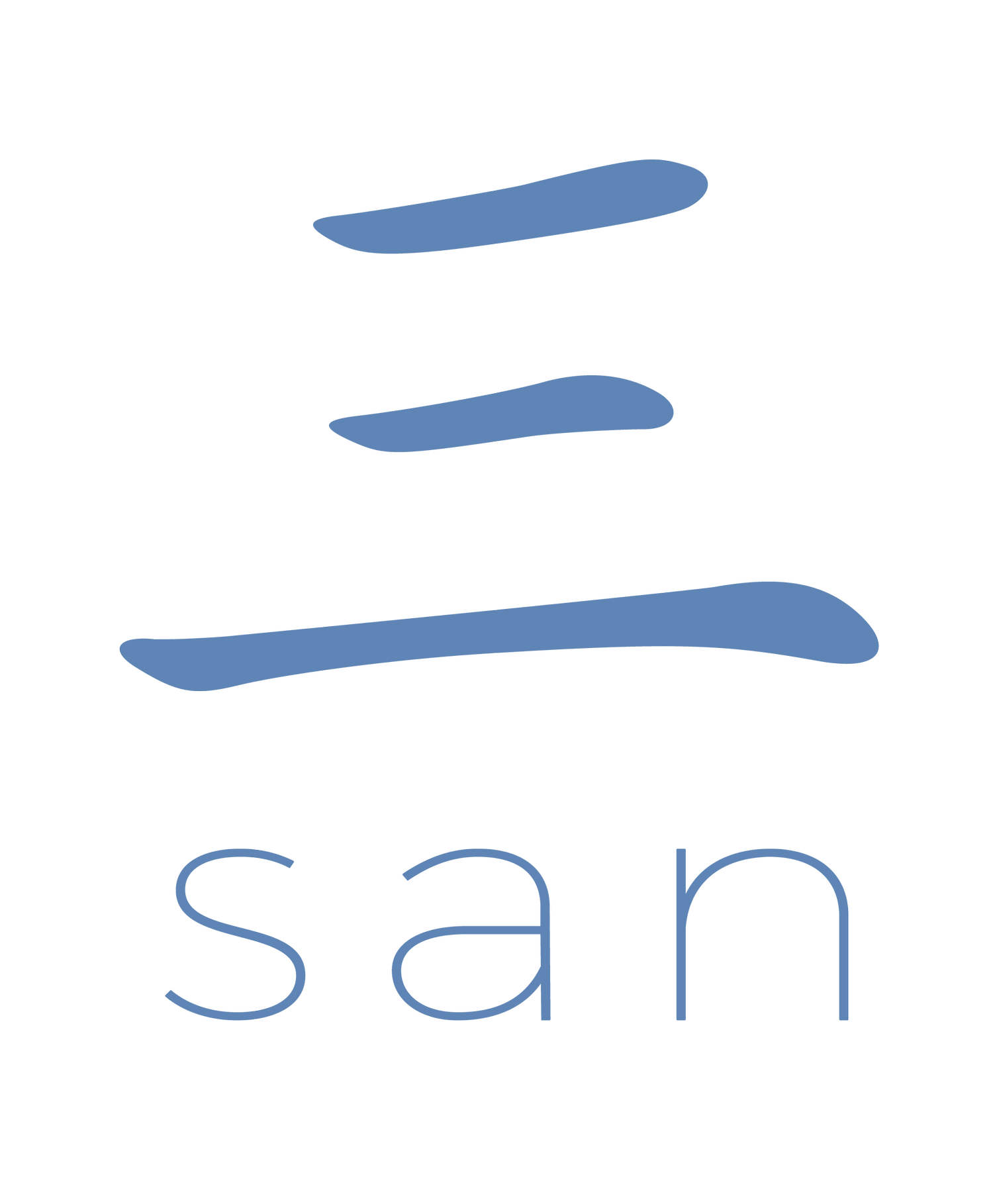Science of Stretching
Stretching is widely accepted as a good thing to do, but the question is whether there is a right way to do it. Do you reach and hold it? Do you bounce? Do you get a trainer to do it for you?
Toronto Star reporter Jonathan Forani clarifies the science of stretching. And the verdict is: it depends.
In East Asian medicine circles, there is a joke that the answer to every question is, “It depends.” Should you ice an injury? It depends. Should you be vegetarian? It depends. Should you do more sitting meditation? It depends.
It is annoying, but it is how life is. Our bodies, and the environments they respond to, are far too complex for one-size-fits-all solutions. Modern science is starting to catch on to this, which means more nuanced understandings of our physiology, more individualized health recommendations, lower risk of unnecessary injuries, and better treatment outcomes.
Stretching falls into two categories: static and dynamic. Static stretching is what we usually think about when we think about stretching. This is stretching and holding, like touching your toes and hanging there for a minute or two before releasing. This type of stretching is good for flexibility and relaxation. It’s what a lot of poses in yoga are based on, achieving deep stretches through patience and breathing. But static stretching isn’t very good at preparing your body for strenuous exercise or athletic training, and too much static stretching can even compromise the strength of the muscles.
Dynamic stretching, or “movement practice”, is what your muscles and joints need to warm up before intense physical training. Dynamic stretches lengthen the muscles and open the joints through movement. This promotes blood circulation, warms the tissues, and keeps the muscles elastic. Greg Wells, assistant professor of kinesiology at the University of Toronto, cites a short jog, squats and walking lunges as examples of dynamic stretching to warm up before athletic training.
David Behm, another kinesiologist interviewed by Forani, has studied the benefits and draw backs of each type of stretching. Beam’s conclusion is that both types are important for a healthy body, but which one you do really depends on what you are trying to achieve.
Dynamic Stretching
Power and strength is the goal
To warm-up for athletic/sports training
Start with low-intensity aerobic activity (like a short jog) and then large amplitude dynamic stretching (deep lunges, large swings of the arm)
A longer session is better. This is not a quick 5-minute warm-up.
Static Stretching
Flexibility is the goal
Do it in a separate session, not as a warm-up to training
Short duration (hold a stretch for 90 seconds or less)
Low intensity—static stretches should not hurt!
David Behm goes into more depth about how to apply static and dynamic stretching for athletes in his TEDx talk.
Once again, scientific research confirms the experiential knowledge held in traditional practices. The Star article quotes three experts based in Western athletics who essentially describe qigong. For at least two thousand years in China, there has been a rich tradition of movement practices that aim to balance static and dynamic stretching. Qigong is a collection of exercises that emphasize breathing and movement to promote circulation. Most qigong forms use wide swings of the joints and continuous movement, with steady relaxed breathing. There are frequently moments when a stretch is held for a few breaths before returning to the flow of movement.
A single qigong form (of which there are hundreds) carefully balances dynamic and static stretching. Qigong is used to open martial arts trainings in every Chinese tradition I know of, where power and flexibility are equally important. Just as often, qigong is used on its own as a morning warm-up for simply getting through the stresses of daily life.
Taijiquan is technically dynamic stretching because it is a continuous movement. Yet because the movements are slowed down, especially at the end of each extension, dynamic blends into static. The flexibility and relaxation created through static stretching are achieved by slowing down the continuous movement. There are no opportunities of held tension to creep into the stretch. The taijiquan form is filled with brief moments of static stretching at the ends of dynamic movement.
Taijiquan is famous for its iconic yin-yang symbol. But taiji means the entirety that encompasses both yin and yang. Taijiquan is a third kind of movement in which static and dynamic exist together on a continuum. If it sounds esoteric, just go out and practice. Feel the lengthening of the tendons, the opening of the joints, and strengthening of the muscles. In 30 minutes of slow continuous movement, every nook and cranny of the body is awakened. Whether you are a professional athlete or a stiff office worker, taijiquan prepares you for what’s ahead.
In Chinese medicine, we say, “It depends”. In taijiquan, we say, “For everyone”.
∞
Henry practices acupuncture and natural medicine in Dartmouth, Nova Scotia. He also teaches Tai Chi and Qigong, and teaches acupuncture courses at undergraduate and professional levels.

